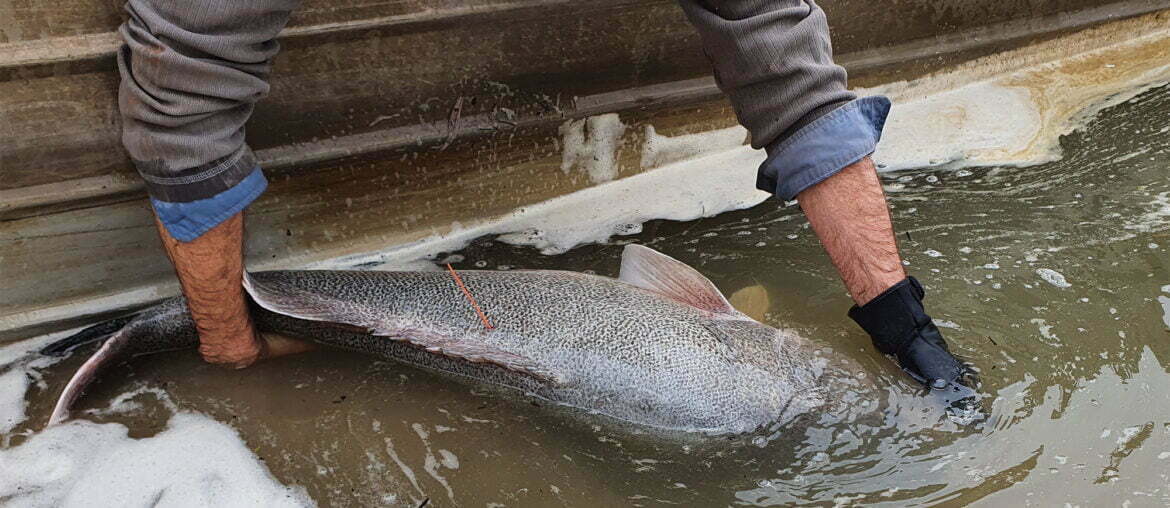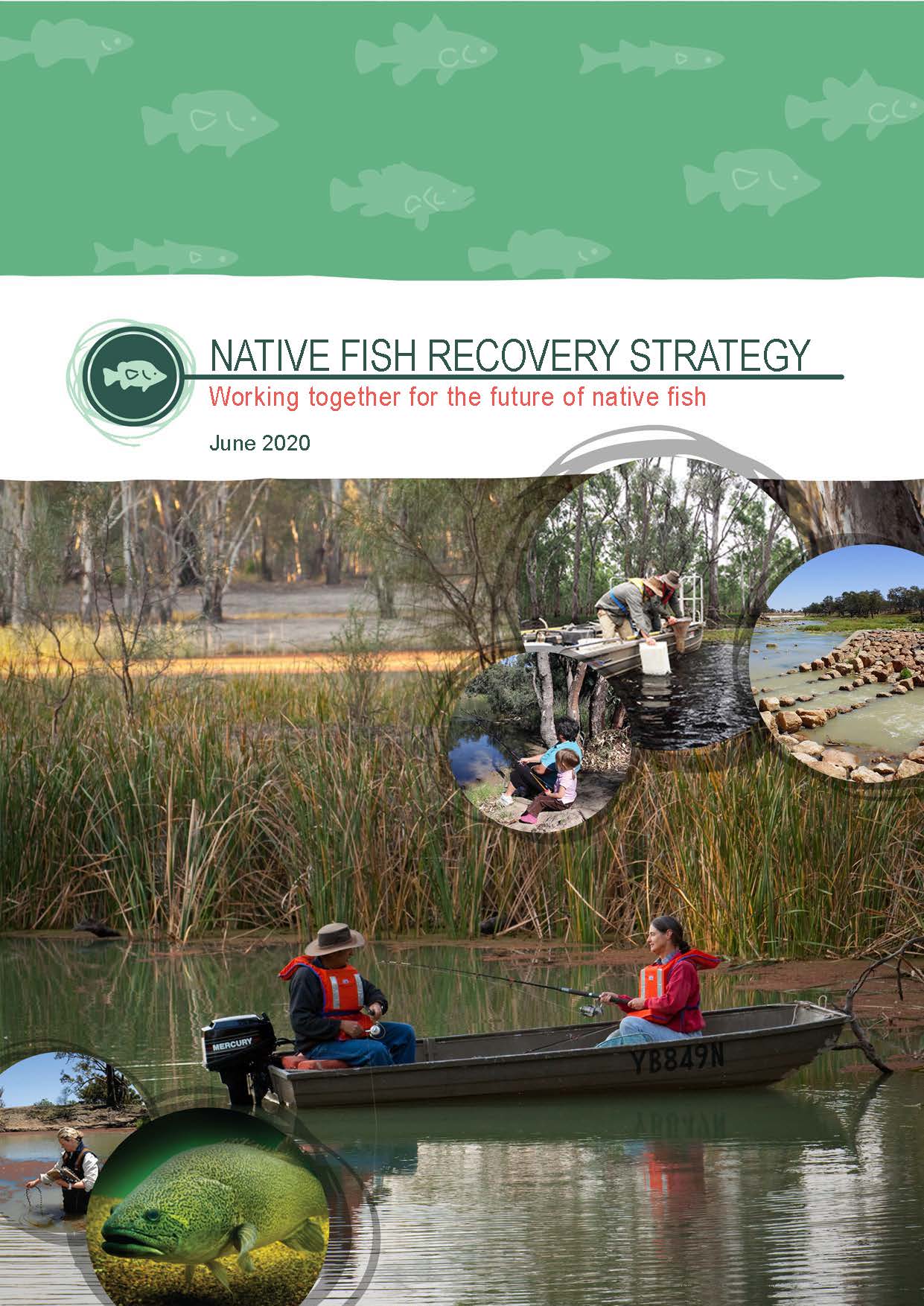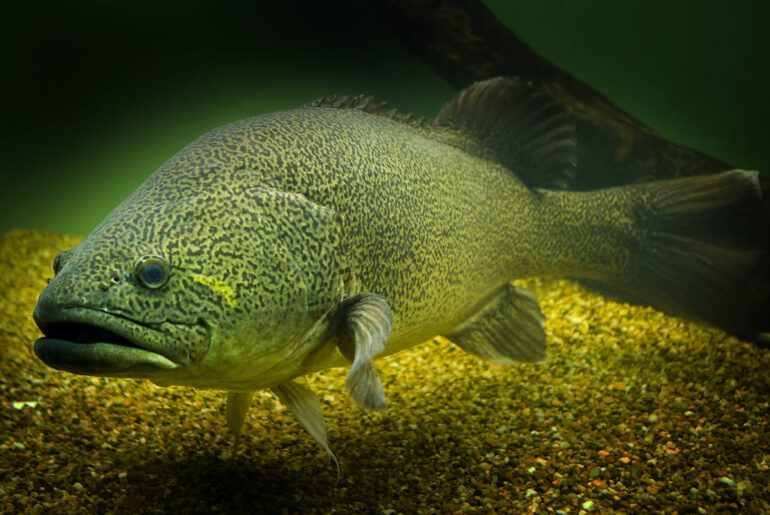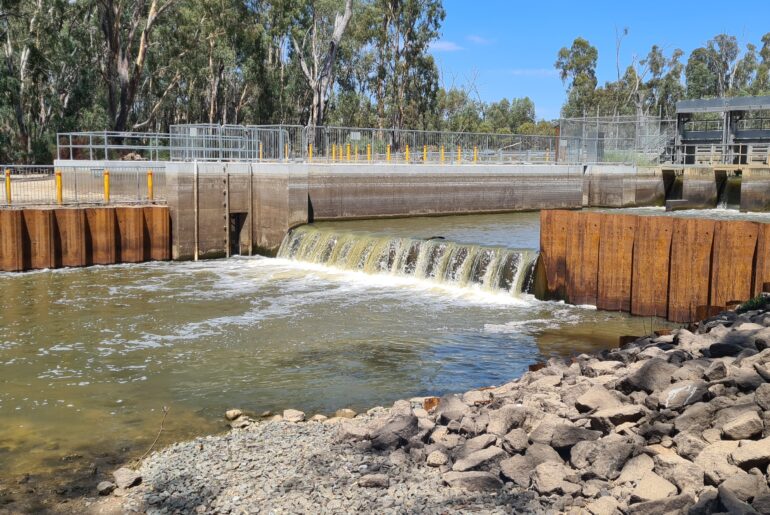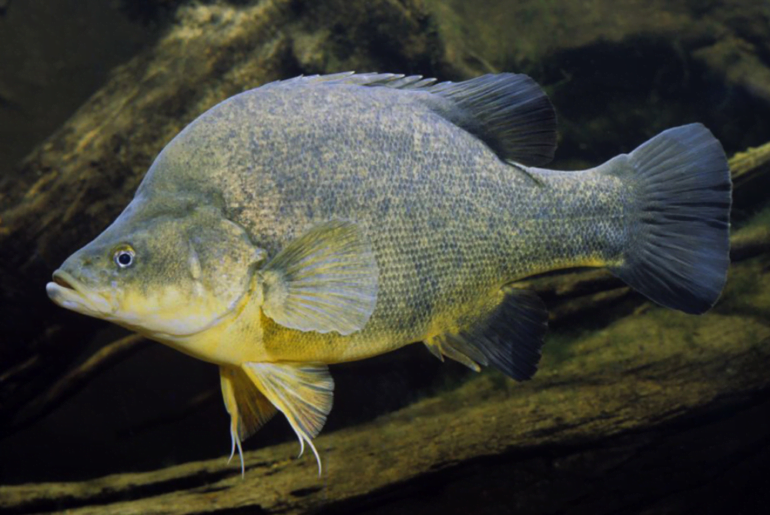MDBA funded two electrofishing teams (Charles Sturt University and Ecology Australia) to PIT (Passive Integrated Transponder) tag native fish in the River Murray below Mildura in June 2020. A total of 571 Native fish were PIT Tagged ranging from 120mm to 1.18 metres.
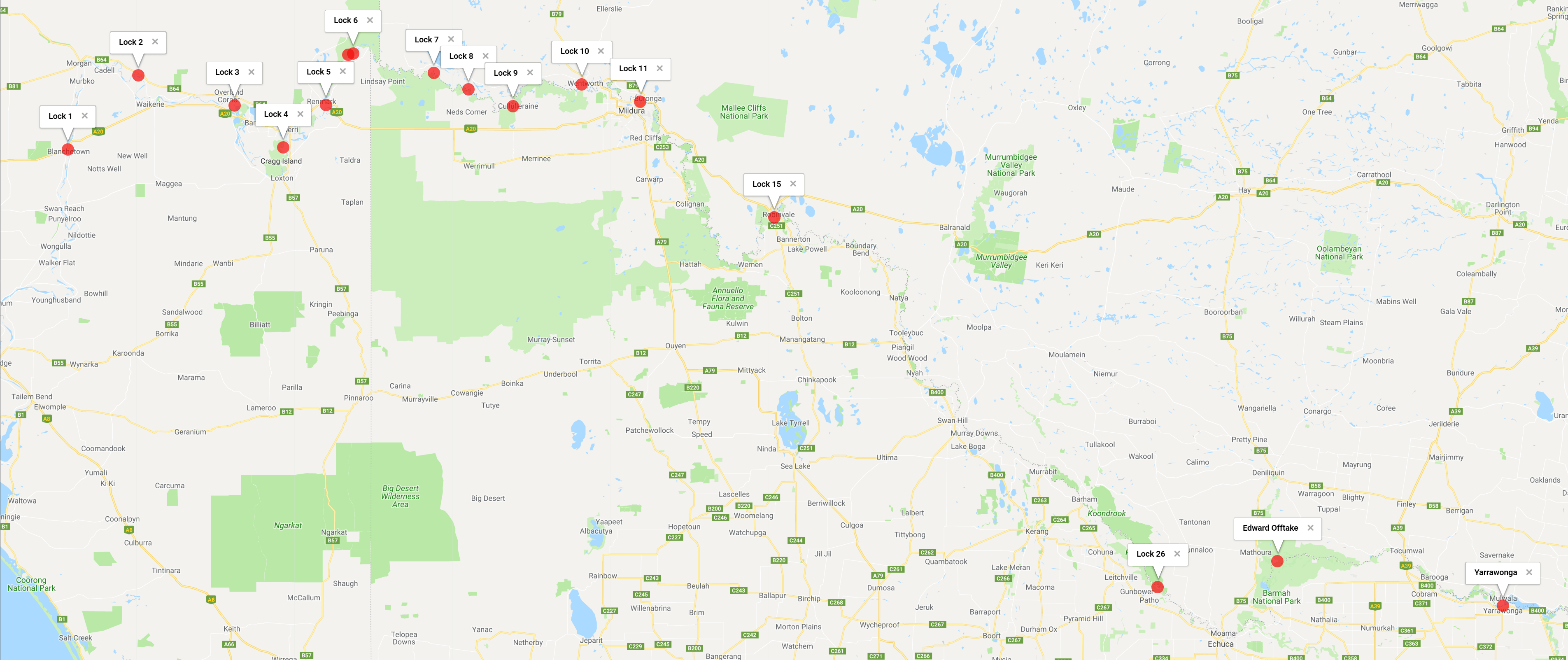
A combination of Golden perch, Murray cod and Silver perch were tagged.

A number of juvenile Murray cod and Silver perch were also caught and not tagged due to being too small.
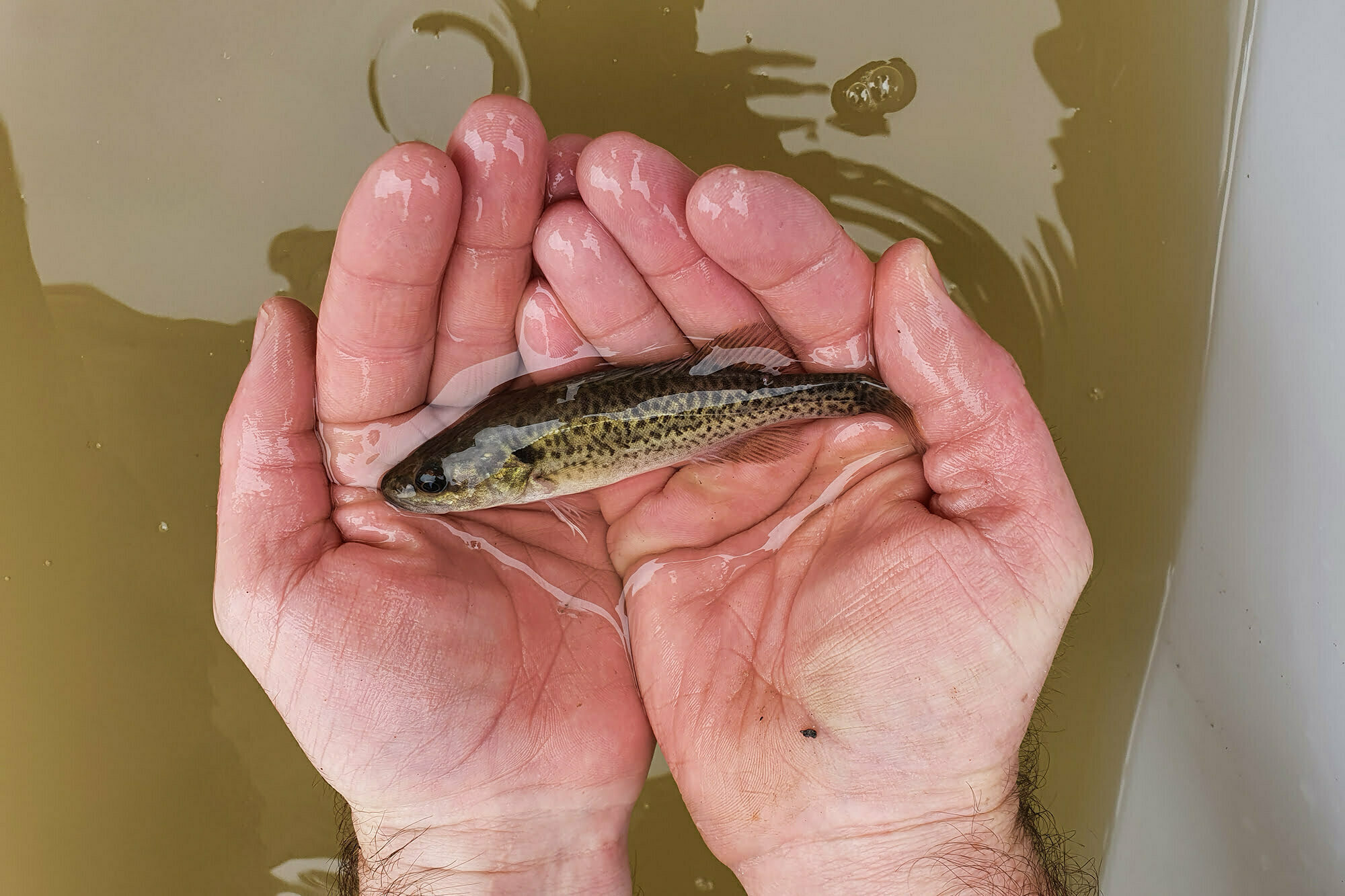
PIT tagging these fish will allow MDBA to monitor fish movement along the River Murray and assess the performance of the Sea to Hume Fishways. We will be able to use this information to:
- record total distances moved and relate movements to factors like environmental water release.
- investigate recolonisation of the Darling River by fish migrating from the River Murray.
- gain valuable information on the performance of a Denil fishway at Lock 11. Currently, PIT detection data indicate a limited number of native fish are utilising the Lock 11 fishway. The recently tagged fish will allow further evaluation of the performance of this fishway.
Number of fish tagged:
- Golden perch – 369
- Murray cod – 146
- Silver perch – 56
Note: A large proportion of Silver perch were caught just below Lock 11
Fish movement is a key lifecycle requirement of most Australian native fish species and a monitoring target under the Basin Plan and Basin-wide environmental Watering Strategy. MDBA funded the Sea to Hume fishway program to improve connectivity and fish movement along 2000km of the River Murray.
A state-of-the-art PIT monitoring system was established in 2012 to determine if the reinstatement of fish passage was providing benefits to the Murray–Darling Basin fish communities. The PIT system involved installing detection antennas within each of the 14 new fishways, and PIT tagging wild native fish to assess their movements along the river. The systems scan for tagged fish, several times per second, every day of the year, and have now been operating almost continuously for ten years. A recent study highlighted that tagged fish in the river are starting to decline, so to continue generating data on fish migrations, additional tagging was urgently needed.
Underpinning the effectiveness of the PIT system is a cloud-based databased (FishNet) which collects transmitted data from the PIT system on a daily basis. All PIT tagged fish were added to the FishNet database which contains the details of over 40,000 PIT tagged native fish since 2001. It is estimated about 11,000 PIT tagged fish remain in the River Murray.
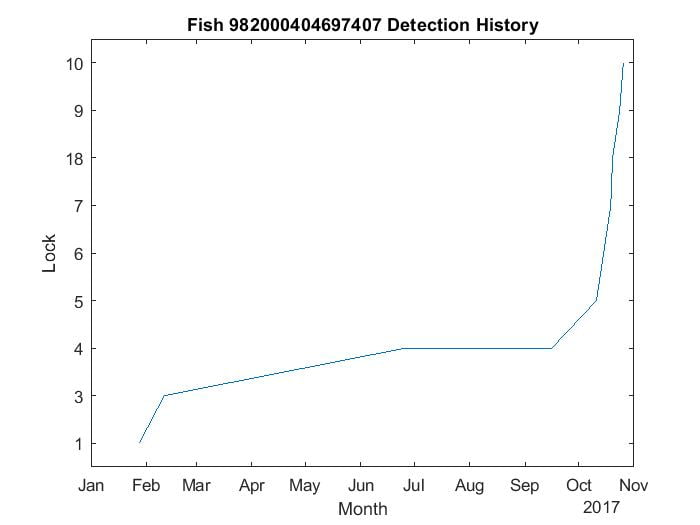
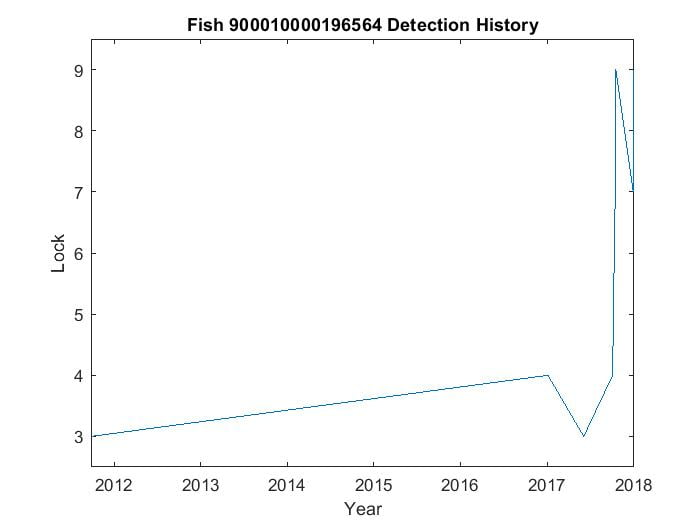
PIT tags are everlasting, so they provide data for the life of the fish. PIT tagged fish have helped researchers and water managers better understand fish movements over large and small scales. For example, Silver perch and Golden perch have been recorded moving from the lower Murray River to the Darling junction, or continuing upstream into the mid-Murray River. Murray cod have been detected moving around the Lock 7-10 regions for years, and then undertaking longer distance upstream movements.
In 2019, KarlTek Pty Ltd and CSU performed an in depth analysis of the FishNet central PIT database which unearthed larger trends. For example, there is a strong correlation between fish movement and water temperature, with Golden perch and Silver perch moving mostly during the spring and summer, and Murray cod moving mostly in the August to December period.
Working together for the future of native fish
The Native Fish Recovery Strategy recognises that native fish move, breed and complete their life cycles over Basin-scales. This means that having healthy native fish populations in any given river is largely dependent on the health of native fish populations in connected catchments. The Strategy calls for investment in actions that complement state activities and maximise outcomes at local, regional and Basin-scales through coordinated efforts.
